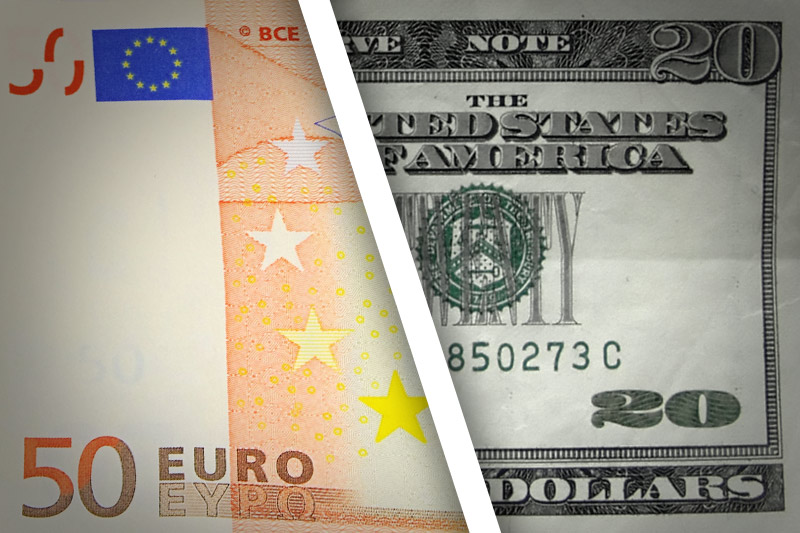Investing.com -- EUR/USD rallied on Tuesday posting its highest one-day move in more than a month, as normalcy returned to the euro zone following weeks of severe volatility related to the Greek Debt crisis.
The currency pair traded between 1.0812 and 1.0967 during Tuesday's session before settling at 1.0942, up 1.06%. EUR/USD is still down more than 3.65 from its high on June 22 when it peaked above 1.14. The pair likely gained support at 1.0808 the low from July 20 and was met with resistance at 1.1198, the high from July 13.
In Athens, a government spokesperson said Greece will likely complete discussions with its international creditors on August 20, after parliament ratifies the second portion of measures deemed necessary to reopen talks on Wednesday. Last week, the Greek parliament approved four measures related to pension and tax reforms required by euro zone creditors in exchange for a three-year, €86 billion bailout under the European Stability Mechanism (ESM).
"Immediately after the vote of the prior actions, negotiations with the lenders will start, with August 20th being the final date," government spokeswoman Olga Gerovasili said in a statement.
On Monday, banks throughout Greece reopened after more than two weeks of closures in spite of strict capital controls that limited customers to €60 in ATM withdrawals. Also on Monday, Greece made a €4.2 billion loan repayment to the European Central Bank, days after the cash-strapped nation received bridge financing from its creditors of €7.2 billion late last week.
The euro had been in freefall against the dollar since late-June amid mounting concern that Greece could default on its sovereign debt and leave the euro. The fears receded following a 17-hour marathon emergency summit on July 12-13, when the two sides reached a preliminary accord on a cash-for-reforms deal.
In the U.S., currency traders continue to digest market-moving comments from Federal Reserve officials over the last week that has provided strong indications of an imminent interest rate hike. On Monday, Fed St. Louis president James Bullard hinted that there is a 50% chance the FOMC could raise rates at its September meeting if the economy continues to demonstrate further improvement over the next several weeks. The comments came days after Fed chair Janet Yellen reiterated that conditions in the economy are likely to justify an interest rate hike at some point this year.
Yields on the U.S. 10-Year fell five basis points to 2.33%, while yields on the Germany 10-Year gained two basis points to 0.78% to narrow the spread between the long-term government bonds.
The U.S. Dollar Index, which measures the strength of the greenback against a basket of six other major currencies, fell more than 0.7% to an intraday low of 97.37 before inching up to 97.45 in U.S. afternoon trading.
